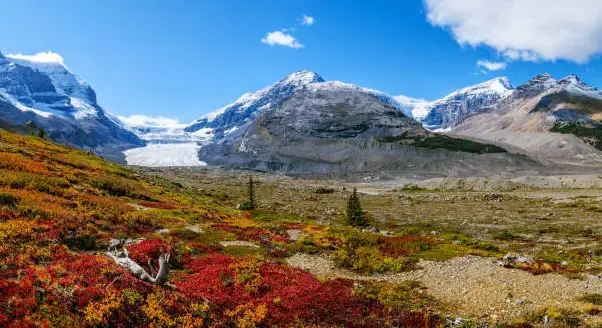Canada is well-known for its expansive and varied landscapes. Also, it is home to a large number of glaciers and icefields, both of which play an important part in preserving ecological balance and sustaining a variety of ecosystems. However, the impact of climate change is transforming the glaciers and ice fields in Canada. Melting icefields are raising concerns about their current state and prospects.
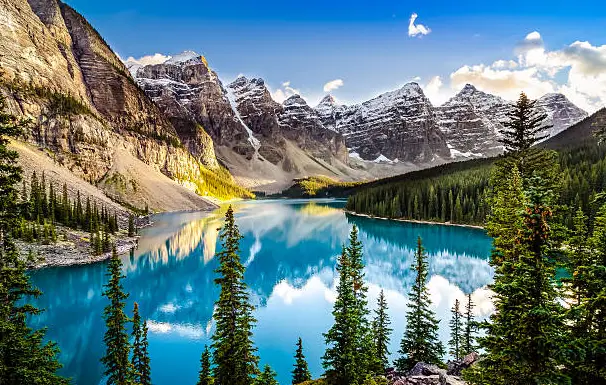
So, today we will delve into the current condition of glaciers in Canada, exploring the scientific evidence and the implications for the environment.
Overview of Glaciers and Icefields in Canada:
Canada boasts an extensive network of glaciers and icefields, particularly in the western provinces of British Columbia and Alberta, as well as in the Arctic regions. These ice masses contribute significantly to the country's freshwater resources, influencing river flow patterns and supporting diverse flora and fauna.
Here are important details about the impact of climate change on glaciers and ice fields in Canada.
Read more: Where Can I Learn About Indigenous Environmental Practices And Culture In Canada?
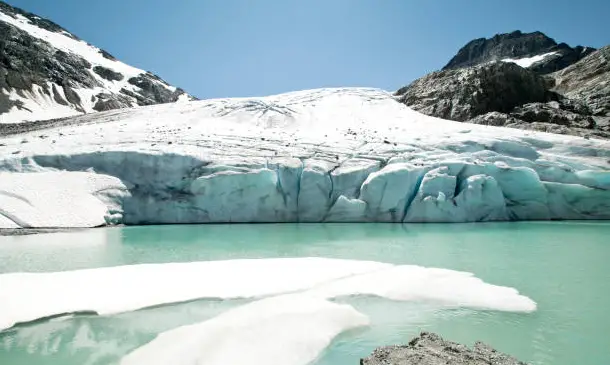
The Impact of Climate Change:
Climate change is the primary driver of change in Canada's glaciers and ice fields. Rising temperatures, attributed to human activities like burning fossil fuels, deforestation, and industrial processes, have led to accelerated ice melt and altered precipitation patterns. This, in turn, affects the mass balance of glaciers and contributes to their retreat.
Scientific Evidence and Monitoring:
Scientists use various methods to monitor and assess the health of glaciers and ice fields in Canada. Satellite imagery, ground-based measurements, and field surveys provide valuable data on ice volume, thickness, and extent. Continuous monitoring allows researchers to track changes over time and understand the complex interactions between climate variables and glacial responses.
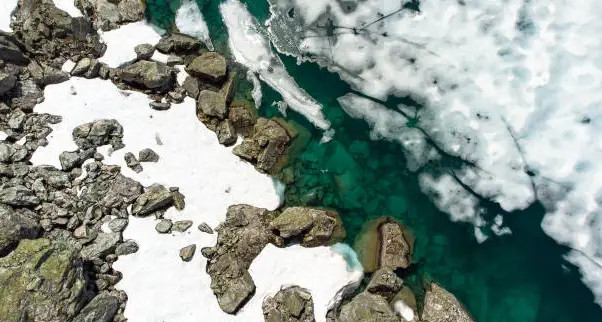
Read more: What Are The Major National Parks In Canada?
Glacial Retreat and Icefield Dynamics:
Reports indicate that many icefields and glaciers in Canada are experiencing retreat and thinning. The Athabasca Glacier in the Columbia Icefield, for instance, has been receding over the past century. The Peyto Glacier in Banff National Park has also shown signs of retreat. These changes have far-reaching consequences for downstream water availability, affecting both human communities and ecosystems.
Implications for Ecosystems and Water Resources:
The retreat of glaciers and ice fields poses significant challenges to ecosystems and water resources in Canada. Reduced ice and snow cover influence freshwater availability, impacting aquatic habitats and affecting species that depend on cold, glacial-fed waters. Furthermore, altered water flow patterns can affect agriculture, hydroelectric power generation, and municipal water supplies.
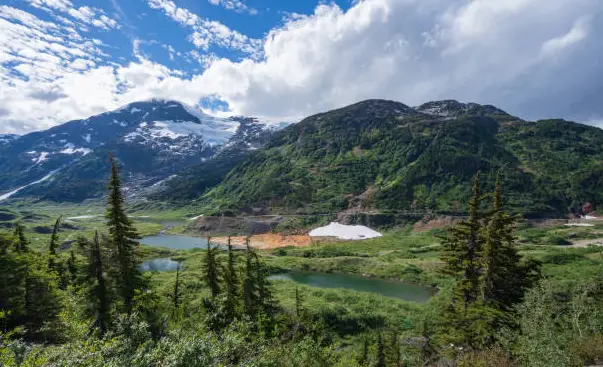
Read more: How Can I Reduce My Environmental Impact While Traveling In Canada?
Adaptation and Mitigation Strategies:
To address the challenges posed by the melting glaciers in Canada, we are exploring adaptation and mitigation strategies. These include measures to enhance water resource management, promote sustainable practices, and reduce greenhouse gas emissions. Additionally, ongoing research aims to improve our understanding of glacial dynamics and their implications.
Impacts:
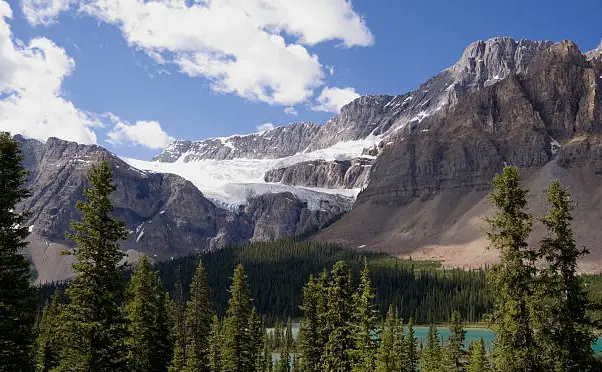
Freshwater Supply: Melting glaciers impact local streamflow and freshwater resources, particularly in western Canada. As they shrink, the reliable supply of meltwater during dry periods is threatened.
Ecosystem Changes: Loss of glacier ice disrupts natural ecosystems, impacting plant and animal life along waterways and in surrounding areas.
Sea Level Rise: Melting glaciers contribute to global sea level rise, posing a threat to coastal communities around the world.
Conclusion
As Canada grapples with the evolving state of its glaciers and icefields, it is crucial to recognize the interconnectedness of these icy landscapes with broader ecological systems. Continued research, proactive conservation efforts, and global cooperation are essential in mitigating the impacts of climate change and preserving these vital components of Canada's natural heritage. Only through collective action can we hope to navigate the challenges presented by a changing glacial landscape and secure a sustainable future for generations to come.
